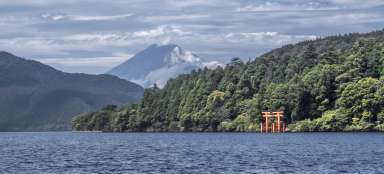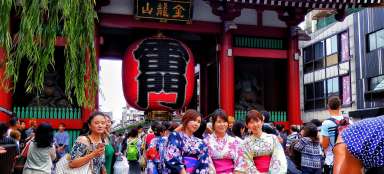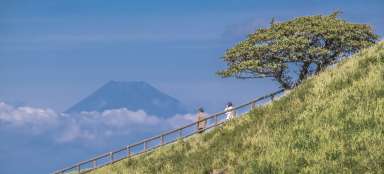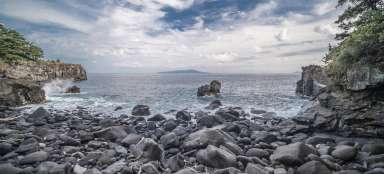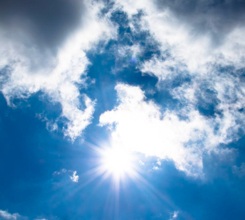A wine journey to Japan's largest wine region.
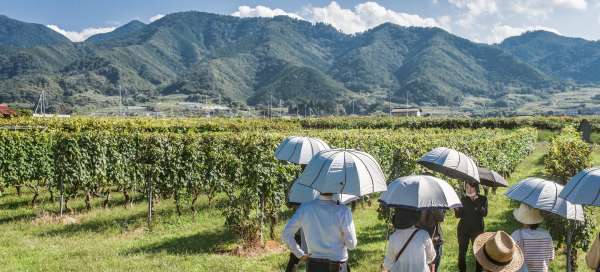
The first mention of wine production in Japan dates back to the 9th century, when, just like in China, the then Japanese emperor planted his own vineyards. The first wines began to be produced at the foot of Mt. Fuji from the Košú and Zenkodži varieties. At the end of the 19th century, Japanese winemakers were sent to Bordeaux, France. After returning to Japan, they laid the foundations of modern Japanese winemaking.
Mt. Fuji and foil
From the central part of the Izu Peninsula, we approach Mt. Fuji. Everyone takes pictures of the iconic mountain with Buddhist objects, but the reality of the surroundings is very agricultural. And there is one more interesting thing. At the NW foot of Mt. Fuji lies Aokigahara/Suicide Forest. According to local information, people from all over Japan come here to end their lives. But let's get to more cheerful topics, after all, we are waiting for local wine …
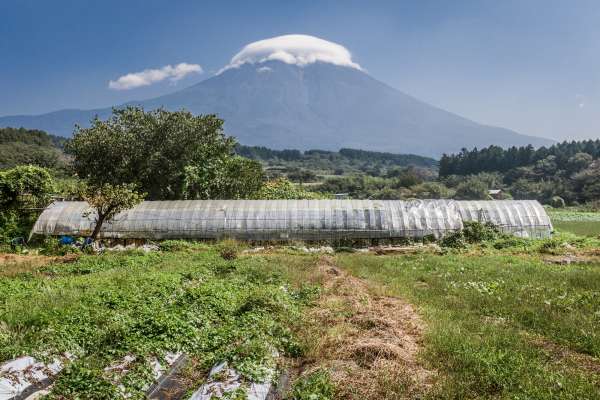
On the road
In addition to left-hand traffic, speed restrictions can also surprise motorists. In municipalities, the usual limit is 40 km/h. But the following may also happen to you. You drive along an absolutely straight road, surrounded by forest wasteland. You easily forget the speed limit of 50 km/h and the speedometer shows 67 km/h. And now you have a problem. However, when paying the fine, the policeman still bows respectfully to you. Just Japan.
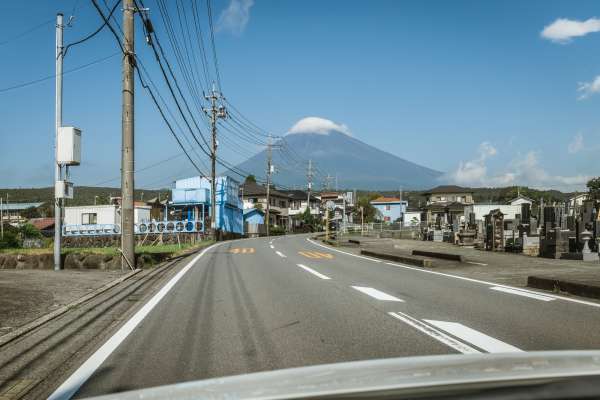
Farm
It's a tractor, but it's not a Zetor and it doesn't go to the mountains to plow potatoes. But that doesn't stop us from stopping at a roadside farm for a snack.
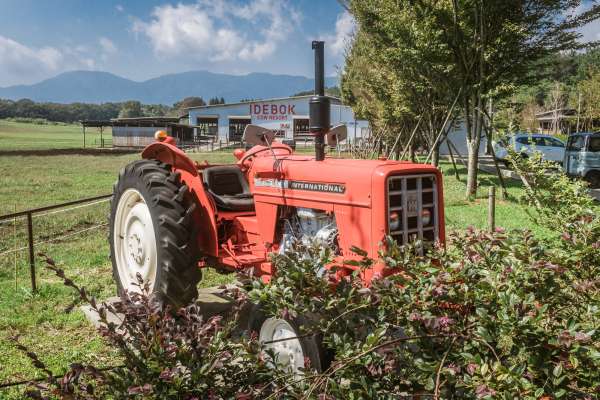
Koshu Valley
We are in the center of Japanese winemaking. Koshu Valley is located north of Mt. Fuji. Consumption of Japanese wine is still growing, but production costs here are up to five times higher than in other wine-producing countries.
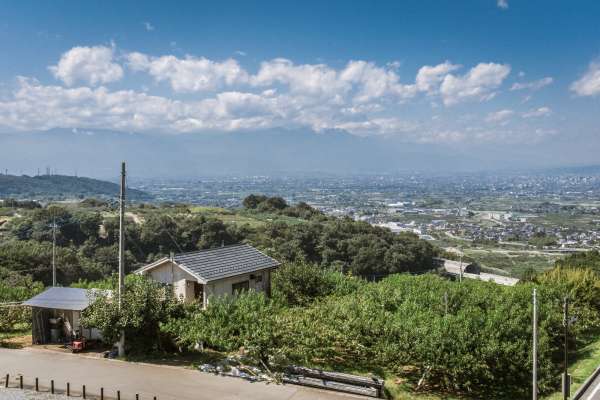
Soryu Winery
We visit a winery and taste several samples. It's a really pleasant surprise. The history of Soryu Winery dates back to 1899, and today in the portfolio of offered wines you can also find orange wines, i.e. made from white grape varieties using red wine technology.
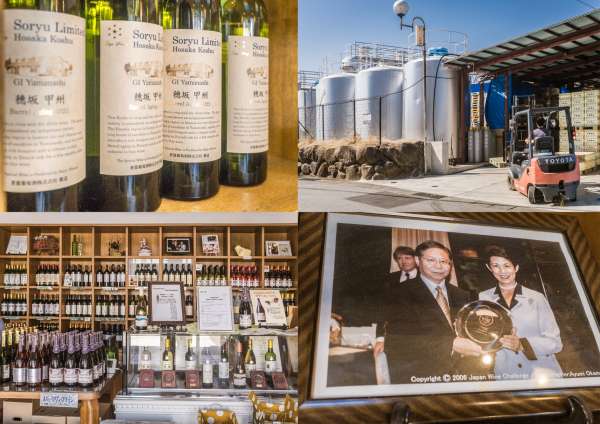
Kosh
The surroundings of this wine region are very mountainous, the peaks towards the north reach a height of up to 2600 masl
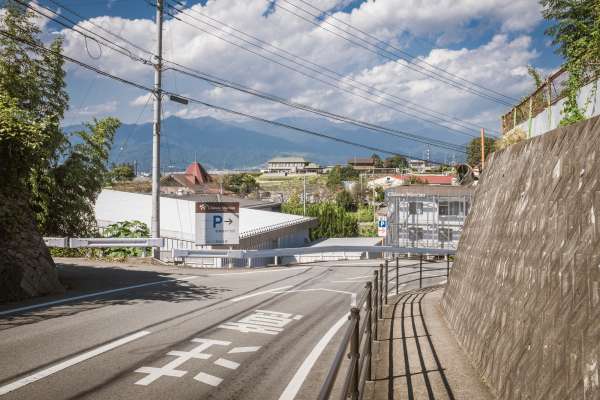
Cemetery
There is a cemetery in the immediate vicinity of the winery and other relatively dense settlements.

Grapes
Winemakers use local varieties, of which Košú is particularly popular. Experiments were also carried out with American hybrids, but the results were unsatisfactory. Today, wines are made by blending Japanese and European varieties. Košú, Chardonnay, Riesling and Sémillon grapes are processed into white wines, while Muscat–Bailey A (a Japanese hybrid), Cabernet Sauvignon and Merlot are used for red wines.
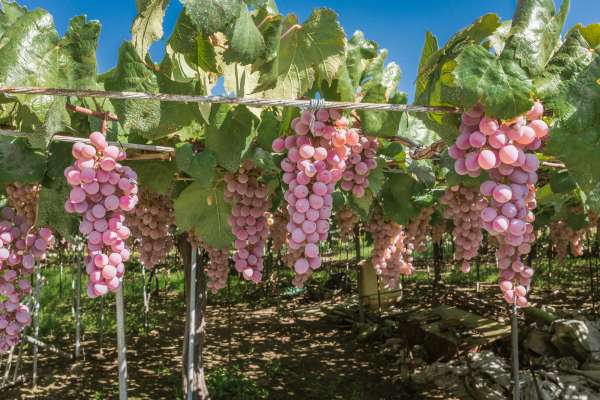
Château Mercian
Another tasting takes place at Château Mercian. The history of this winery began in 1877, when the first private Japanese wine company was established. She sent two young men, Masanari Takano and Ryuken Tsuchiya, to France. It then started the large-scale production of Koshu grape wine.
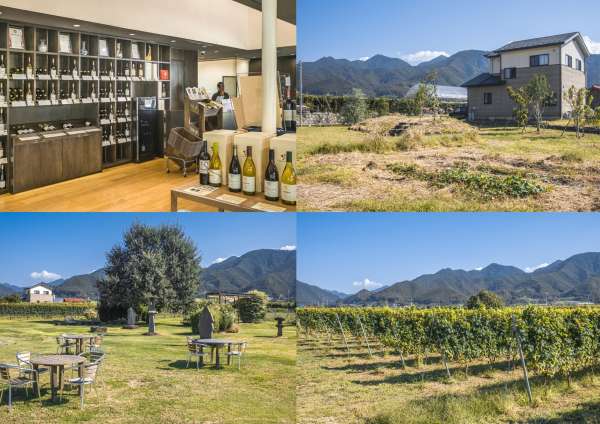
Excursion in the vineyard
There are nice views of the surrounding mountain ridges from the local vineyards. Even domestic tourists do not miss this.

Return
The motorist here has two options to choose from. Even if we don't drive on the highway, a number of sections are subject to a toll. If you want to ride for free, be prepared for local and more winding roads. On our return, we are again accompanied by the silhouette of the popular Mt. Fuji.





